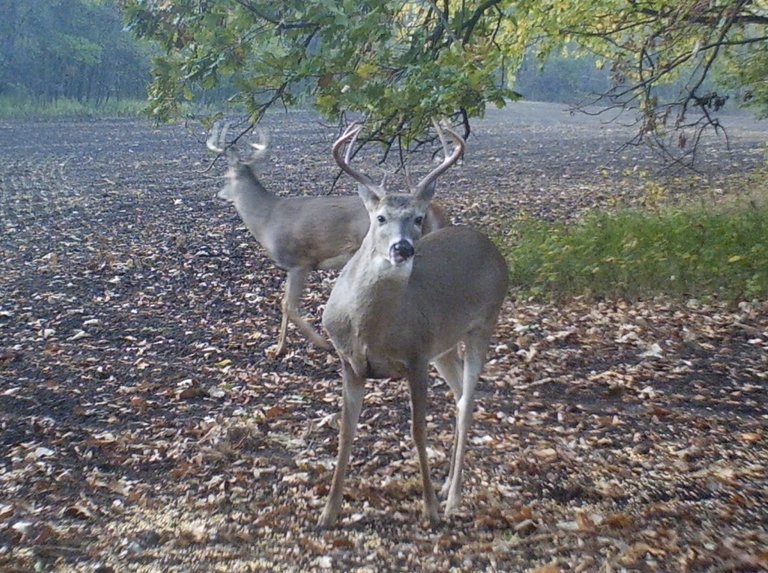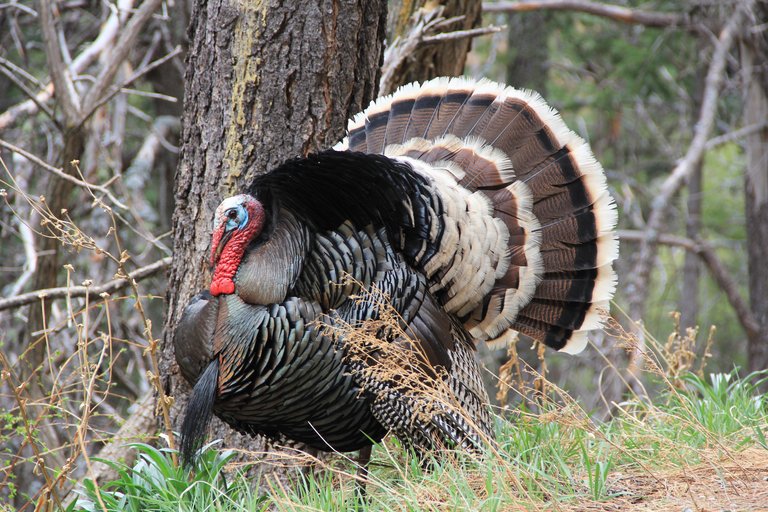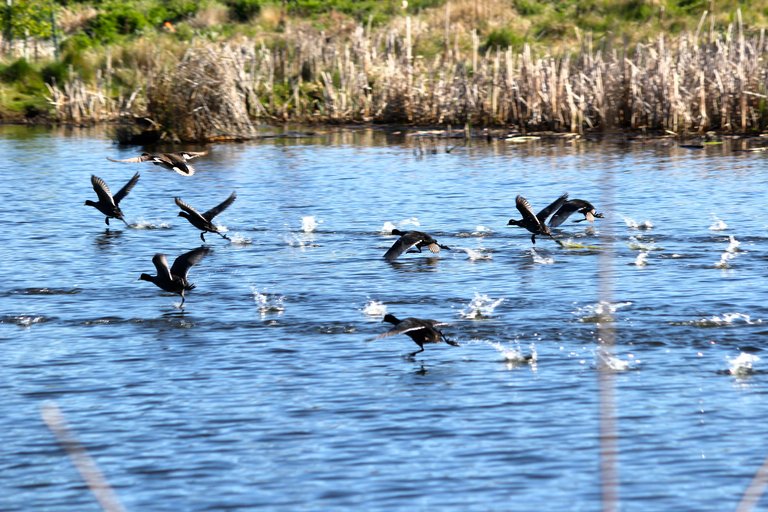Duck Season Gear Preparation
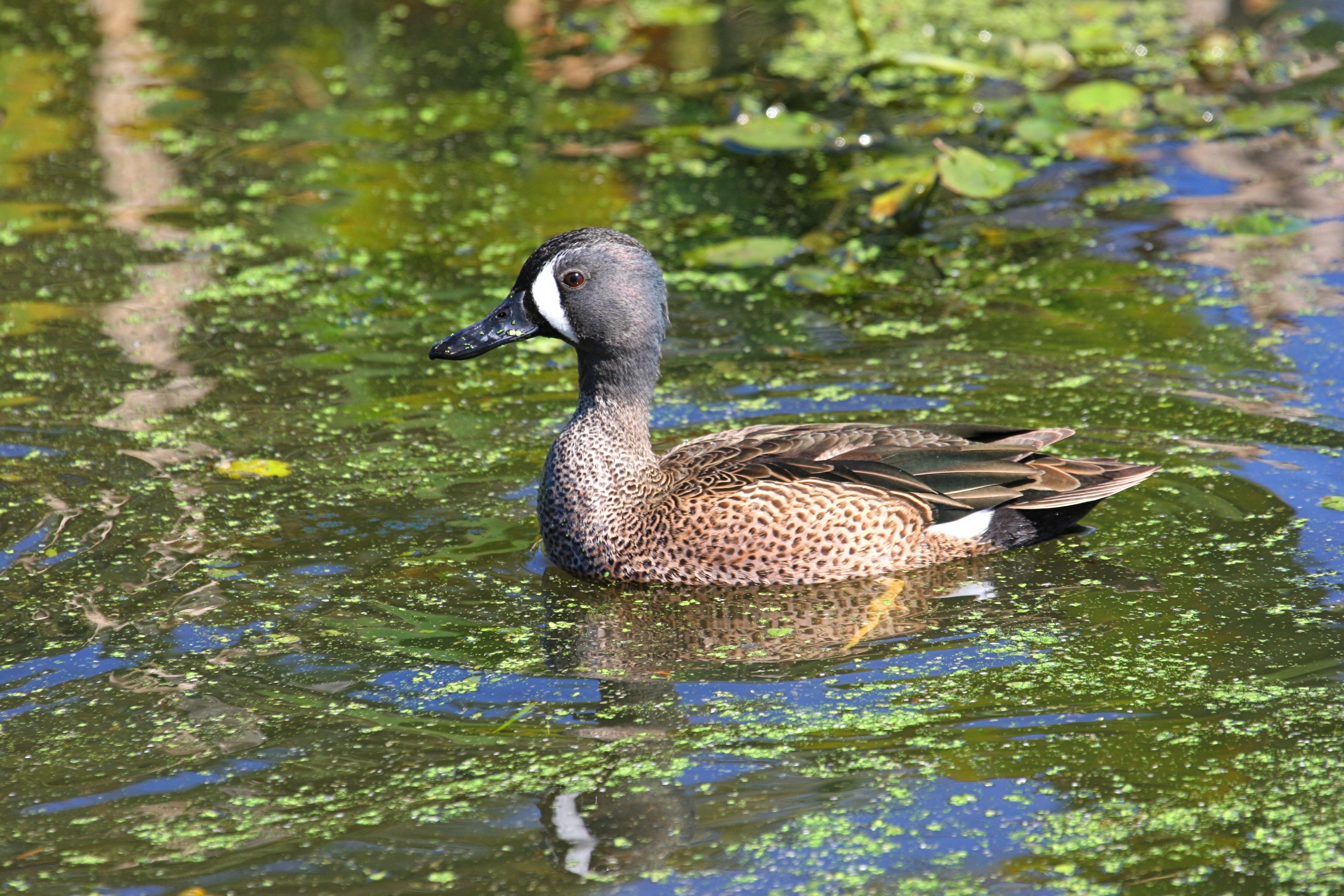
The anticipation and eagerness we feel, when fall starts approaching, is often short-lived and quickly consumed by our exhaustion just a few weeks into the season. Aside from maintaining our bodies and minds while we balance demands between family, work and our pursuit of happiness, our gear takes the brunt of the beating that we incur while hunting. These final few weeks of summer may be your best chance to fine-tune your gear because waterfowl hunting is among the toughest on your gear over the course of the fall.
Match Your Ammunition to the Bird (and Migration Conditions)
Your shell selection should be factor the time of year you are hunting and the situation you are hunting in. To the serious waterfowl hunter, choice of ammunition is not a foregone conclusion. Rather, your choice changes with the migration. Not just one shell type will be appropriate for every species of waterfowl that you pursue at various times of the year. You must ensure multiple pellets are hitting the bird and that each of those pellets carries enough energy to reach vital organs. Depending on the time of year and size of your target, being aware of what to use and why to use it will help you harvest more ducks and geese. Ask yourself some of the following questions. What are you targeting? Are these birds likely to be drawn into your decoy spread and allow closer shots? Or do you need to pass-shoot on pinch points at slightly longer distances?
If the shot pattern is too dense in the middle or too thin on the fringes of the circle, this will lead to misses or crippled ducks.
As you plan out your waterfowl seasons, the goal with your ammo is to place 90 to 140 pellets into a 30-inch circle. However, if the shot pattern is too dense and concentrated in the middle or too thin and spread out to the fringes of the circle, this will lead to misses or crippled ducks. As ethical hunters, we try to take our prey in a single shot and recover them quickly. Shot size for ducks generally run from size #2, #3, #4, #5 and #6. The smaller sizes correlate to having more pellets per shell, enabling a faster load and creating a denser pattern.
Early-season ducks, especially teal, have very light feathers, not the late-season plumage that helps them stay warm in the winter. Teal offer a baseball-sized target and often force you to pass-shoot. So you will likely want the increased density of a #5 or #6 shot to increase your odds of hitting a bird. As the mid-season and late-season migrations move through your areas, new ducks begin arriving with more robust size and higher feather density. These include mallards, pintails, wigeons and wood ducks. Mallards tend to fly slower than teal and will need better penetration than what a smaller teal-sized shot can deliver. Opt for#2 or #3 shot with slightly less but larger pellets. These choices will carry more kinetic energy for killing larger waterfowl later in the season. They won't provide sufficient pattern density for a smaller bird like teal, though.
Keep Them in Your Sights
Gunsights for ducks and geese have come a long way since the days of a single gray bead on the end of a shotgun. While the single round bead has killed plenty of fowl for plenty of hunters, products today give you much better options for faster and more consistent target acquisition. Attachable fiber optic sights from companies like Hi-Viz are an easy solution to help improve upon your target acquisition and follow through. Dead Ringer hunting products, like the Duck Buster, provide a rear oval sight that helps prevent shooters from “peaking” off the barrel and helps them keep their head down while tracking a target.
...and Attracted to Your Decoys
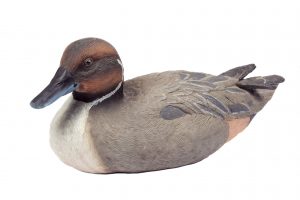
After sitting in storage for 6 to 8 months, your decoys need a good wash and probably some fresh paint. Removing the dirt and any blood from the previous season should be coupled with a touch-up of paint to avoid any color fading that can cause the birds to flare. While it may seem unnecessary, touching up with UV paint is essential. Waterfowl are detail-oriented creatures and have much sharper vision than humans. They can see in the UV light spectrum, whereas we cannot. If your decoys are absorbing UV light instead of reflecting it, it will cause your decoys to appear unrealistic to your prey and they won't be drawn into any spreads.
With just a few weeks left until the grind of the fall begins, take inventory of your essential gear. Practice with your guns, and get out to scout your hunting grounds. Your equipment is the front line of defense and bears the brunt of the elements throughout the fall. Check your gear in these final days of summer so the anticipation doesn’t turn into anxiety the night before the opener.

